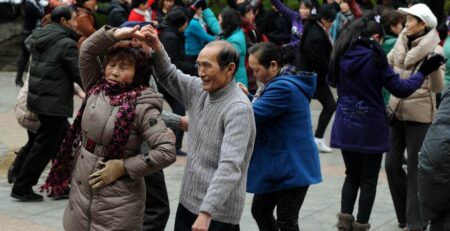Aging Asia: Turning Demographic Weakness to Strength
Asia’s changing demographics are expected to generate winners and losers across the region, with younger nations seen enjoying a demographic dividend while aging societies tackle the costs. Yet the future for East Asia’s ultra-aging societies might not be as bleak as feared, if policymakers can turn education, migration, and technology to their advantage.
Recent research by the International Monetary Fund (IMF) highlights the expected winners and losers from aging in the world’s fastest growing region. Japan, which saw its population shrink by a record 308,000 people in 2016, could see its annual gross domestic product (GDP) growth dragged down by 1 percentage point from 2020 to 2050, adding to the stress on public finances from rising health and welfare costs.
However, China, South Korea, Thailand, and Hong Kong are also all expected to suffer around a 0.5 percentage point annual decline over the same period, sparking concerns that emerging Asia will get old before it becomes rich.
China already has 200 million senior citizens, more than the European Union nations combined, with its working-aged population projected to fall by 170 million people over the next three decades.
Rapid aging is expected to hit GDP growth in China, Hong Kong, South Korea, and Thailand by 2020, and Singapore by 2025, well before China’s expected transition into high-income status in 2026 and Thailand after 2040, according to Standard Chartered.
Read full content here: The Diplomat










